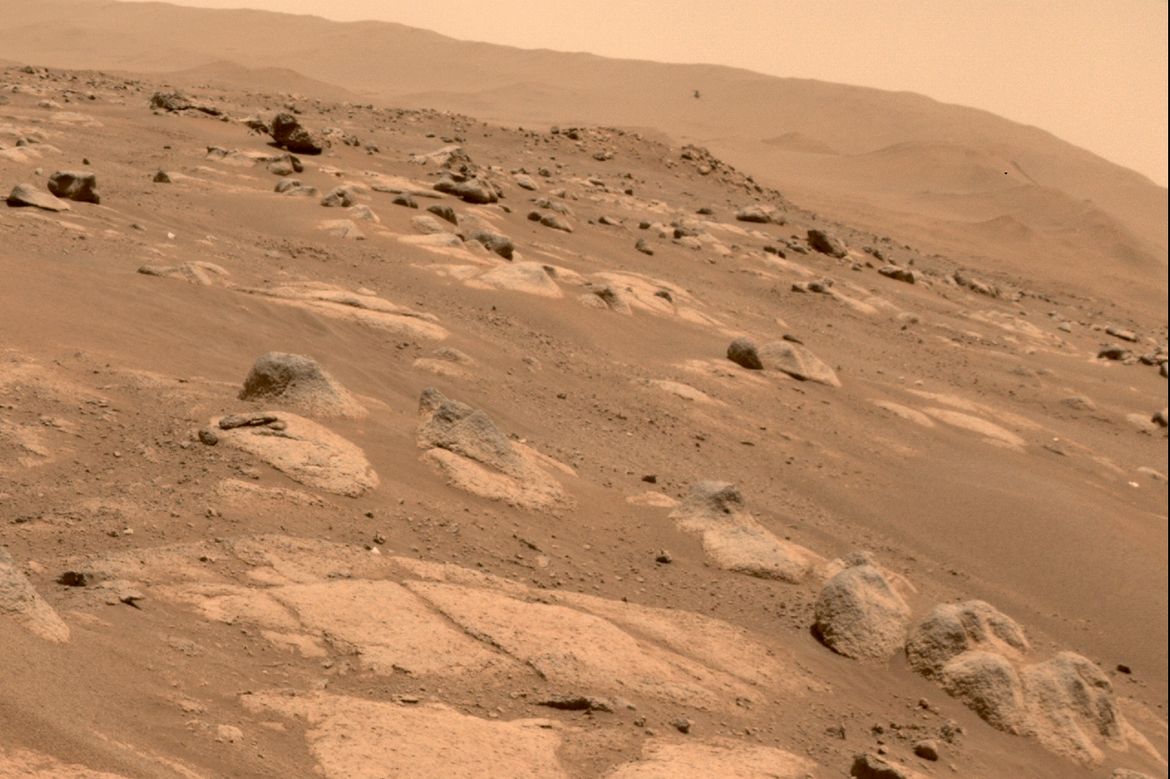A recent research paper by top level researchers from all over the world has been released stating: Mars declared unsafe for humans.

Unveiling the Safety Concerns of Long-Term Mars Missions
Mars, the fourth planet from the sun and our closest celestial neighbor, has been a topic of interest for scientists and space enthusiasts alike for decades. But recent research has led to a startling conclusion: Mars declared unsafe for humans for long-term stays.
NASA confirms the discovery of a cosmic object so bright that it defies laws of physics
Watch it as a video instead of reading:
The Four-Year Limit: Mars Declared Unsafe For Humans
An international group of space scientists recently published a paper detailing the threat of particle radiation on Mars. Their findings show that a stay longer than four years on the Red Planet would exceed safe exposure to radiation for humans. The radiation threats include particle radiation from the Sun, distant stars, and galaxies, which humans are usually shielded from by Earth’s magnetosphere. Mars declared unsafe for humans by the group of space scientists.

The Dangers of Prolonged Radiation Exposure
The researchers explained that a Mars mission longer than four years would expose astronauts to dangerously high levels of radiation, primarily from sources outside our solar system. This revelation is based on the combined studies from several esteemed institutions, including UCLA, MIT, Moscow’s Skolkovo Institute of Science and Technology, and GFZ Potsdam.

The Solar Maximum: A Protective Shield in Space
The study, published in the journal Space Weather, provides precise indicators for how a future mission to Mars should be timed. Interestingly, the Sun can protect future Mars astronauts from the worst radiation. The mission should ideally be launched during the solar maximum, a time of peak solar activity when dangerous particles from distant galaxies are deflected by increased solar activity.

Mission Viability Despite Challenges
Despite the radiation limitations on spacecraft weight and launch time, and the technological difficulties presented, the study argues that a human mission to Mars remains viable. It’s all a matter of adhering to the four-year safety limit to keep Mars explorers safe from the inherent dangers of space radiation.

The Race to Mars: A Global Effort
With China announcing in June its aim to send the first humans to Mars in the 2030s, and SpaceX’s fully assembled Mars-bound Starship ready to launch, this new study will be instrumental in helping space agencies decide the exact timeframe for their Mars missions. These first missions are gradually coming together, bringing us closer to becoming a spacefaring civilization.
Luxury in Space: Preparing for Human Habitation
While Mars is declared unsafe for humans for stays longer than four years, efforts are underway to make shorter term space habitation comfortable and luxurious. Hilton Hotels, known for its high-end hospitality on Earth, has teamed up with space companies Nanoracks and Voyager Space, and Lockheed Martin to design crew lodging and hospitality suites for the Starlab, a commercial space station set to be operational by 2027. This initiative shows Voyager Space’s commitment to the emerging field of space tourism.
The Future of Mars Exploration: A Balance of Risk and Reward
Mars declared unsafe for humans is for prolonged stays as of now, posing a significant hurdle for long-term colonization plans. However, these new findings do not signify an end to Mars exploration. They instead provide a road map for safely planning and executing missions within the four-year limit. The future of Mars exploration will require a delicate balance of risk and reward as we push the boundaries of human presence in space.
Despite the challenges, the dream of becoming an interplanetary species is still alive. The key is to understand the risks, adapt accordingly, and continue the quest to explore the final frontier.
NEWS🚨 : Mars Declared Unsafe For Humans: No one can survive for longer than four years
https://t.co/5D3E1TEeRt— Curiosity (@MAstronomers) June 17, 2023
Mars Declared Unsafe For Humans: No one can survive for longer than four years
Reference(s):





